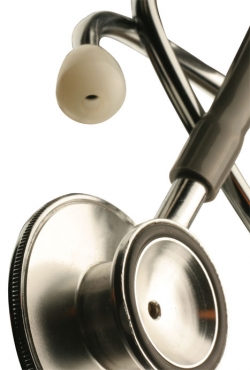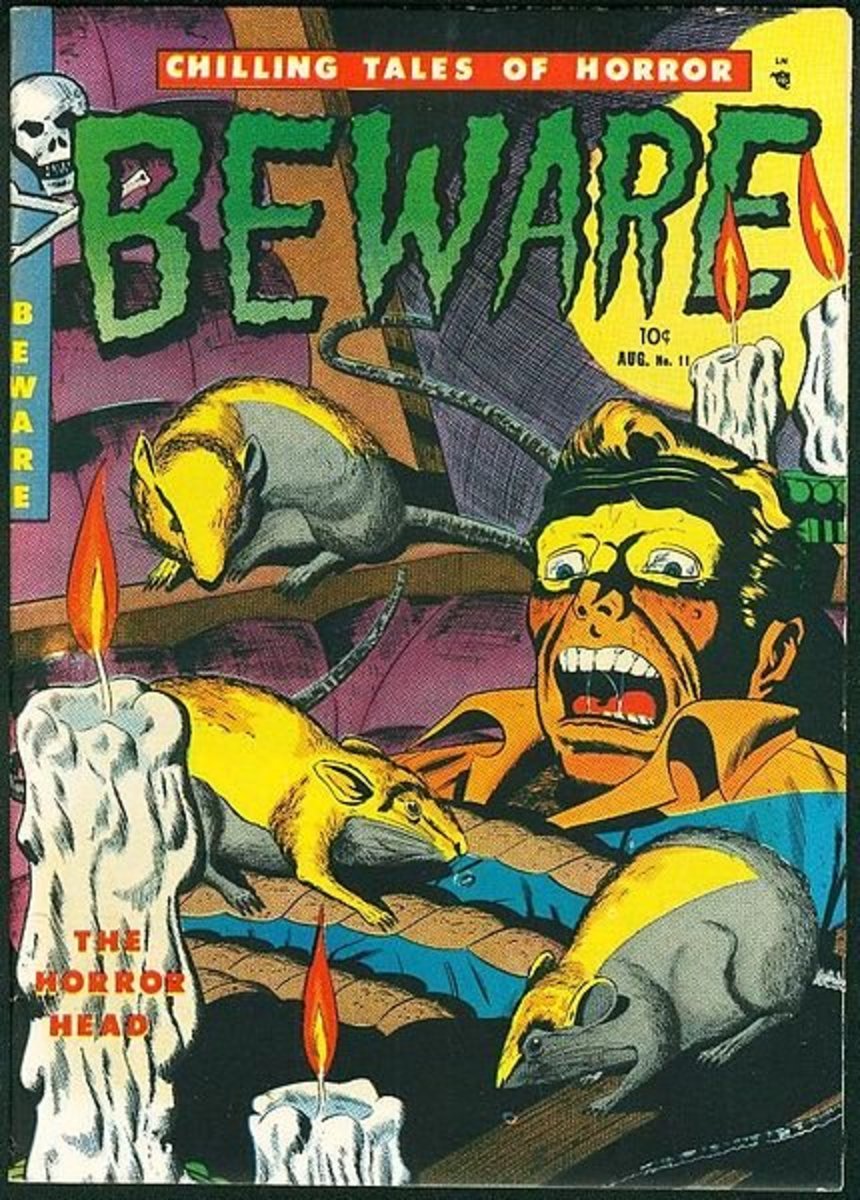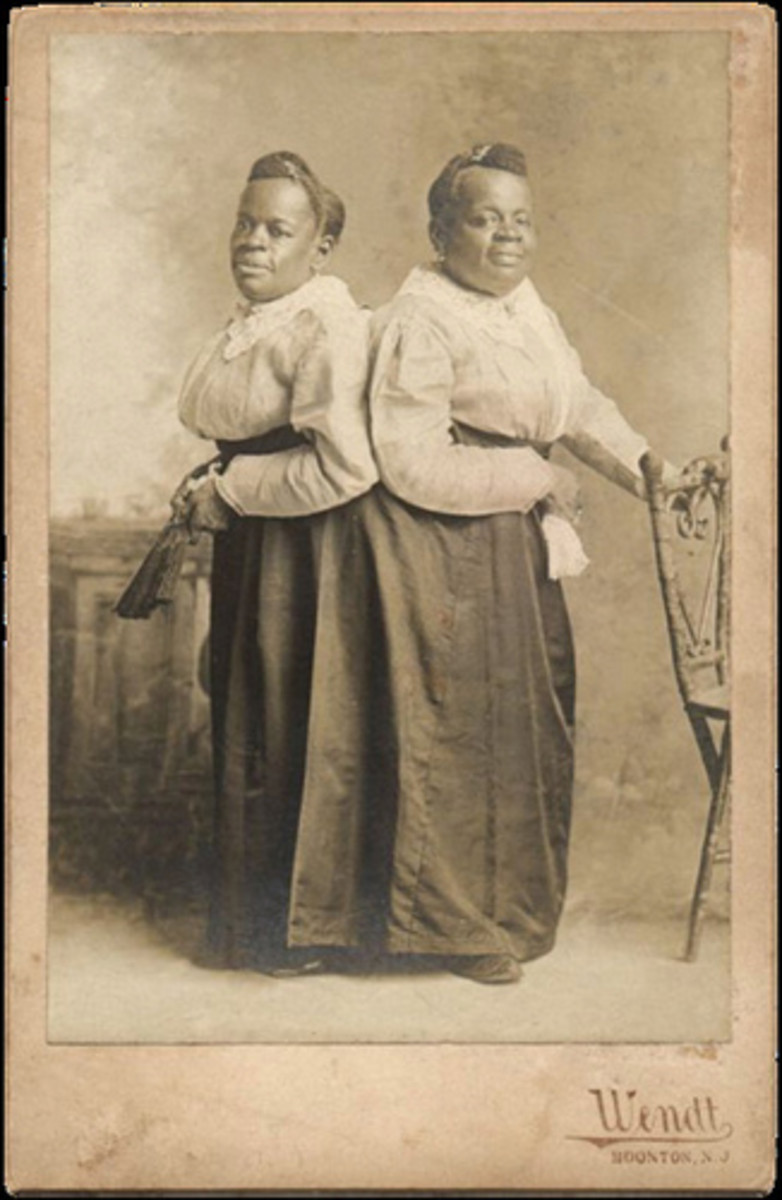About Medical Transcription

All About Medical Transcription
The professional healthcare team includes physicians, nurses, therapists, technicians, dietitians, and other healthcare support staff. A vital member of this team is the MEDICAL TRANSCRIPTIONIST.Medical transcriptionists transcribe medical reports from doctors' dictation in order to document a patient's medical care and condition. These may include office chart notes, history and physical examinations, consultations, letters, memos, admission notes, emergency medicine reports, procedure notes, operative reports, discharge summaries, x-rays, pathology reports, and many laboratory tests and diagnostic studies.The job title "Medical Transcriptionist" has changed over the years. Originally called "medical steno" and then "medical transcriber," the role of today's medical transcriptionist or medical language specialist continues to evolve with advancements in technology and healthcare documentation. Nevertheless, the goal remains the same: integrity in healthcare documentation.
Medical Discounts / Prescription Discounts
Because each report becomes a part of a patient's permanent healthcare record, the medical transcriptionist transcribes it with care, relying on extensive knowledge of medical terminology, anatomy, pharmacology, human diseases, surgical procedures, diagnostic studies, and laboratory tests to produce an accurate and complete medicolegal document. A mastery of English grammar, structure, and style; a knowledge of medical transcription practices; skill in word processing, spelling, and proofreading; and the highest professional standards contribute to the medical transcriptionist's ability to interpret, translate, and edit medical dictation for content and clarity.
Work Settings
Medical transcriptionists are employed by medical centers, general and specialty hospitals, physician offices, clinics and group practices, radiology and pathology offices, private medical transcription companies, government facilities, insurance companies, and a variety of other institutions. Opportunities abound for full-time, part-time, and flexible work schedules in the medical transcription profession. Many medical transcriptionists work as at-home employees or self-employed individuals for companies nearby or distant, transmitting their work electronically. Some transcriptionists eventually become supervisors, managers, and teachers, while others establish their own transcription companies. A qualified medical transcriptionist is always in great demand.
Self-Assessment
Do you have what it takes to become a successful medical transcriptionist? Important personal and professional characteristics of the medical transcriptionist are listed below.
Interested in medical science.
*
Enjoy learning something new every day.
*
Have excellent skills in spelling, grammar, and punctuation.
*
Enjoy reading for fun and information.
*
Self-motivated and work well independently.
*
Care about quality and excellence.
*
Comfortable at a computer workstation.
*
Desire a professional career in healthcare.
Professional Association
The Association for Healthcare Documentation Integrity (formerly AAMT), is a nonprofit professional association for medical transcriptionists that was established in 1976. Membership is voluntary, and two credentials are currently offered for those passing examinations administered by the association. Individuals who have recently completed an MT program or who have limited experience may qualify to take the Registered Medical Transcriptionist (RMT) exam. Experienced MTs may sit for the Certified Medical Transcriptionist (CMT) exam. The SUM Program curriculum and accompanying educational materials prepare students to pass such credentialing exams.
National Medical Transcriptionist Week
The third week each May is National Medical Transcriptionist Week, during which time MTs in English-speaking countries across the globe celebrate their profession. You can read more about this special time at the AHDI Web site (www.ahdionline.org).
It can be difficult for native spanish speakers to find a place online to receive a personal loan.
Puede ser difÃcil para los hablantes nativos de español para encontrar un lugar en lÃnea para recibir un préstamo personal. Prestamos Personales 123 puede ayudarle a obtener un gran precio por un préstamo personal.
About The SUM Program
The acronym “SUM” stands for Systems Unit Method because SUM Program units are grouped by body system or medical specialty. The SUM Program for Medical Transcription Training, developed by Health Professions Institute (HPI), is the leading medical transcription training program used in schools, hospitals, and transcription companies throughout the English-speaking world. The SUM Program is also available to individuals who are considering self-directed study.
Students who are serious about pursuing a career in medical transcription and are willing to work hard will find The SUM Program for Medical Transcription Training challenging but effective. The SUM Program is used in accredited community colleges, vocational schools, and on-the-job training programs in hospitals, clinics, and transcription services; it has prepared tens of thousands of medical transcriptionists for the workplace. Other students are learning medical transcription from home through one of the highly-regarded distance education schools that use The SUM Program.
Students who are self-motivated and mature sometimes choose to complete The SUM Program for Medical Transcription Training on their own by Independent Home Study.
Why The SUM Program Is THE BEST Way to Learn Medical Transcription
The SUM Program for Medical Transcription Training uses authentic dictation, not simulated or “fake” script-read reports. Authentic dictation features natural background noises such as telephones ringing, papers rattling, nurses talking—even a dictator yawning or eating. It is spontaneous, peppered with “ums” and “uhs,” false starts, corrections, interruptions, and the run-on sentences characteristic of natural human speech. Script-read dictation, even if the readers are physicians, does not prepare students for the authentic dictation they will encounter on the job and undermines the training effort. Students who transcribe the authentic dictation in The SUM Program for Medical Transcription Training develop the finely tuned auditory discrimination skills necessary for success.
The SUM Program for Medical Transcription Training includes a wide variety of voices and dictation styles—male and female, rapid and slow, organized and scattered, regionally and internationally accented, mumbled and clear, formal and informal. The more voices to which a student is exposed, the more prepared the student is for the workplace.
The SUM Program for Medical Transcription Training prescribes a well-rounded course of academic study with readings and exercises assigned in respected college-level textbooks, including anatomy and physiology, medical terminology, human diseases, medical science, pharmacology, laboratory medicine, diagnostic and surgical procedures, and professional issues.
The SUM Program for Medical Transcription Training is organized by body system and medical specialty, coordinating transcription practice with academic course work so that students can immediately apply what they have learned and more easily retain information. Concepts are sequenced from simple to complex, allowing students to build their fund of knowledge gradually throughout the program.
The SUM Program for Medical Transcription Training is self-paced so each student can move at a comfortable rate. Students check their own work against transcript answer keys to provide immediate feedback and assure that mistakes are corrected before they become bad habits. (Teachers have the option of turning off the answer keys.)
The SUM Program for Medical Transcription Training emphasizes extensive transcription practice with up to 47 hours of dictation—at beginning, intermediate, and advanced levels—to provide nearly 800 hours of actual transcription practice. The development of marketable skills and a successful transition to the workplace are dependent upon EXTENSIVE transcription practice. Programs that are short in duration and narrow in scope will not prepare students for a successful career in medical transcription!
Evaluating Medical Transcription Programs
When evaluating medical transcription programs, ask the following questions:
1. Does the program contain authentic physician dictation?
This is essential for proper training. Job-ready skills are not developed by transcribing medical reports narrated by professional readers, even if they are doctors. The SUM Program uses authentic dictation. Be aware that many medical transcription training programs on the market today use fake dictation.
2. Is the dictation sequenced in a way that promotes optimum learning?
Transcribing reports arranged haphazardly does not help students build on concepts already learned. SUM Program dictations have been strategically sequenced to provide a comprehensive learning experience.
3. Has the dictation been evaluated for its content and ability to provide depth and breadth of training?
The most effective training program is one in which authentic dictation is analyzed for vocabulary density, attention to fundamental medical principles, and representation of the widest variety of dictation styles. A random batch of dictation from a limited source, promoting newness as its primary feature, prepares students for a very limited work environment. SUM Program Medical Transcription Training dictations were chosen from a bank of thousands of reports with vocabulary density as a primary selection criteria.
4. How many HOURS of physician dictation does the program include?
Don’t be misled by the number of tapes or disks. These vary in length, some tapes containing as little as 10 minutes per side and may even contain the same dictation on both sides! More hours of dictation means more opportunity for transcription practice—and transcription practice correlates directly with success. The SUM Program Medical Transcription Training offers a vast amount of transcription practice:
o Beginning Medical Transcription, 2nd ed. 8 hours
o Beginning Medical Transcription, Classic 9 hours*
o Surgery Transcription Unit (Intermediate) 8 hours
o Cardiology Transcription Unit (advanced) 4 hours
o Gastrointestinal Transcription Unit (advanced) 4 hours
o Orthopedic Transcription Unit (advanced) 4 hours
o Pathology Transcription Unit (advanced) 4 hours
o Radiology Transcription Unit (advanced) 3 hours
Total 44 hours*
* The Classic edition of Beginning Medical Transcription (which is included on the CD version of Beginning Medical Transcription, 2nd ed.) also contains 3 hours of introductory material on professionalism, laboratory procedures, and pharmacology in addition to the 9 hours of physician dictation
5. Is academic course work required?
To become a competent medical transcriptionist, a student must gain fundamental medical knowledge in addition to intense transcription practice. Textbooks should be college-level and authored by experts in their field. The SUM Program includes a substantial amount of textbook reading and workbook assignments to promote understanding of medicine.
6. Does the program contain transcript answer keys that permit you to correct your own work?
Transcript keys allow immediate feedback, enabling you to correct your mistakes immediately rather than repeat and perpetuate them. Each SUM Program unit includes transcript answer keys in print (or a CD with PDF documents for you to print). The SUM Program CD versions also contain on-screen transcripts that enable you to regularly evaluate and correct your work.
7. Is the training coordinated by body system or medical specialty?
All courses should coordinate with each other so that the same body systems are studied at the same time. For example, while you are learning heart anatomy, you should also be learning cardiac terminology, cardiovascular drugs, lab tests for heart function, and transcribing cardiology dictation. This is the most effective way to understand and retain information. In contrast, if you were to study anatomy and terminology out of context, you’d spend months memorizing terms and possibly forget them before you ever had the opportunity to transcribe. The SUM Program transcription practice and textbook assignments are coordinated by body system or medical specialty.
8. Were the training materials developed by a qualified staff of experienced certified medical transcriptionists?
Most medical transcription training materials are designed by individuals in a single geographic location who lack experience and education credentials. The SUM Program developers are professionals from many parts of the country, with decades of experience in both transcription and education, who came together to develop a program that meets national standards and guidelines and prepares students for employment.
The SUM Program developers
Linda C. Campbell, CMT, is HPI’s former director of product development. She is coauthor of The SUM Program, The Teacher’s Manual, Student Syllabus, The Medical Transcription Workbook, and all HPI products between 1987 and 2006. She has over 30 years’ experience in medical transcription as a practitioner, educator, author, and editor.
John H. Dirckx, M.D., is retired director of the student health center at the University of Dayton. He serves as medical editorial consultant for all HPI products and is the author of three HPI workbooks that are part of The SUM Program curriculum: H&P: A Nonphysician’s Guide to the Medical History and Physical Examination, 3rd ed.; Human Diseases, 2nd ed.; and Laboratory Tests and Diagnostic Procedures in Medicine.
Ellen Drake,CMT, former MT teacher, service owner, and medical transcriptionist, is development editor for HPI. Over her distinguished career she has contributed to many medical transcription education and reference books, including Saunders Pharmaceutical Word Book.
Sally C. Pitman, MA, is President of Health Professions Institute and is editor and publisher of all HPI p
Some More MT Info!
Someone that does medical transcription is known as a medical transcriptionist or simply an MT. The equipment the MT uses is referred to as a medical transcriber. Anybody who works medical transcription should be called a "medical transcriptionist." A medical transcriptionist is the person responsible for transforming the clients medical documents in to text through recorded dictation. The term transcriber describes the electronics utilised in undertaking medical transcription, e.g., a cassette player with foot controls operated by the MT for report playback and transcription. There have been industry discussions based around whether or not medical transcriptionists ought to be referred to as something different; but no other industry-wide name was adopted.
Schooling and training can be acquired via, certificates or even diploma programs, distance education, and/or on-the-job teaching available in some hospitals, however , there are nations presently employing transcriptionists that want 18 months to two years of specialized MT instruction. Working in medical transcription leads to a competence in medical terms along with editing, MTs capacity to listen closely and type at the same time, usage of playback controls in the transcriber (machine), and use of foot pedal to play and fine-tune dictations - all while keeping a steady tempo of performance.
Though medical transcription isn't going to require registration or accreditation, individual MTs may find registration/certification for personal or professional reasons. Receiving a certification from a medical transcription training program doesn't entitle an MT to make use of the name of Certified Medical Transcriptionist (CMT). The CMT credential is gained by passing a certification examination conducted exclusively by the Association for Healthcare Documentation Integrity (AHDI), previously the American Association for Medical Transcription (AAMT), as the credentialing designation they created. AHDI also provides the credential of Registered Medical Transcriptionist (RMT). According to AHDI, the RMT is an entry-level credential as the CMT is definitely an advanced level. AHDI looks after a listing of approved medical transcription schools.
Standard MT skills and talents
Knowledge of basic to advanced medical terminology is essential.
Expertise in anatomy and physiology.
Comprehension of disease processes.
Information about medical style and grammar.
Average spoken conversation skills.
Above-average memory skills.
Ability to sort, check, count, and verify numbers with accuracy.
Demonstrated skill in the use and operation of basic office equipment/computer.
Power to follow verbal and written instructions.
Records maintenance skills or ability.
Above-average typing skills.
Knowledge and experience transcribing (from training or real report work) in the Basic Four work types: History and Physical Exam, Consultation, Operative Report, and Discharge Summary.
Expertise in and proper use of sentence structure.
Expertise inand use of proper punctuation and capitalization rules.
Shown MT proficiencies in multiple report types and multiple expertise.










